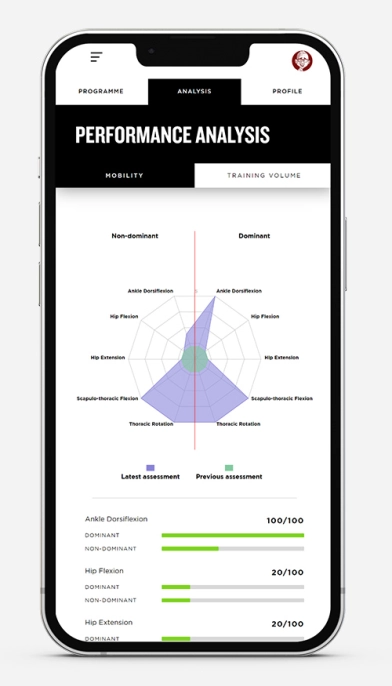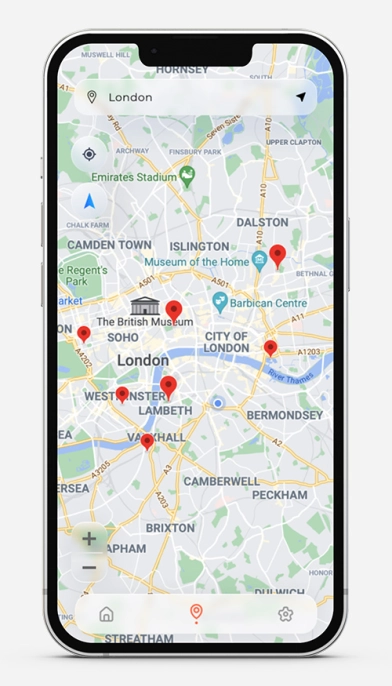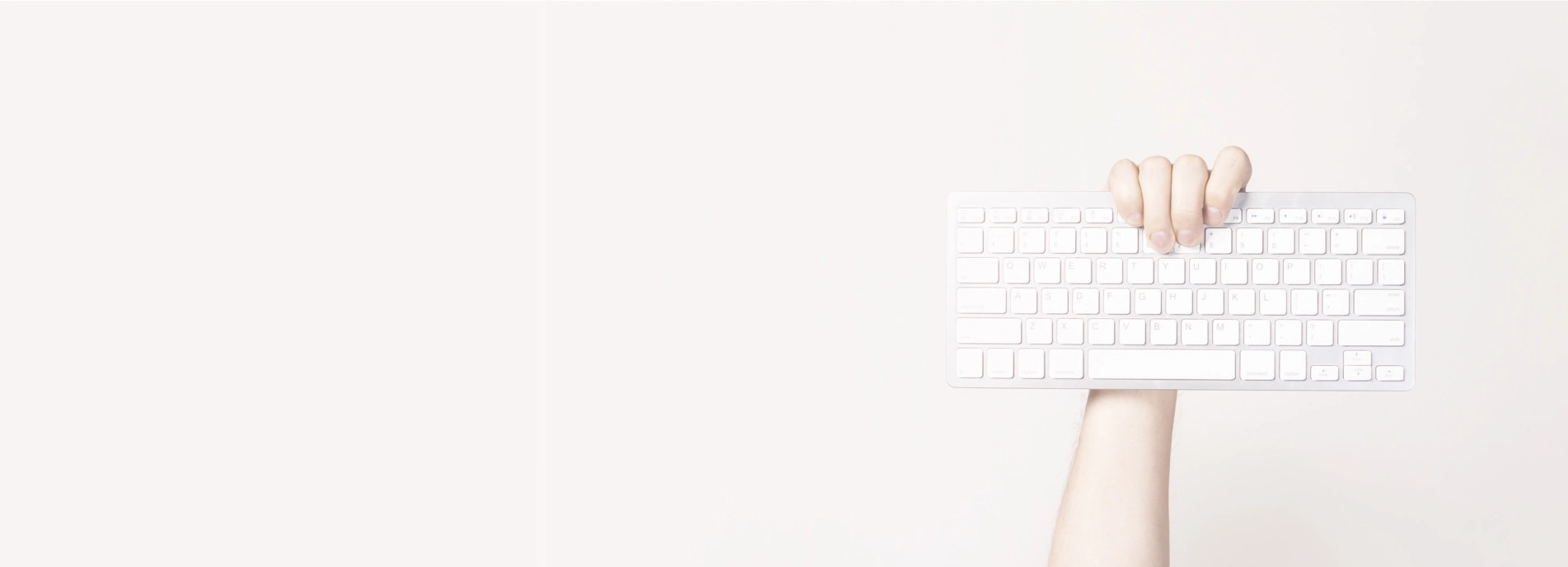As you have probably noticed, the UK has just had a general election. Though lets put politics aside for one moment and take a look at some of the clever things the government did (via the BBC news election website) to engage the country on the day of the election.
BBC online election website features
When we talk about web-apps sometimes it is difficult for people to really understand what we mean. They can either be large web-based software systems, or smaller interactive tools. This years BBC news website proved to be a great example of how crucial web based applications can be when communicating with people, especially when there is a lot of information floating around a particular subject matter. Whilst reading please keep their mission statement in mind:
"To enrich people's lives with programmes and services that inform, educate and entertain."
Live Online Video
I was in a coffee shop when the results were announced (see screeshot below), the BBC site provided me with a fast, live video stream of the events as they happened:

With the invention of YouTube embedding online video into a website has become widespread and easy to do. However, delivering embedded live video like this isn't as simple as it may initially seem. According to trafficestimate.com the BBC website churns a whopping 130 million visitors per month from across the globe. It takes careful planning and a solid web-server infrastructure to be able to manage and cope with these visitor numbers, especially as they are likely to have been inflated on election day.
If you are looking to deliver live video then we would recommend exploring Amazon's streaming web service as one route to go to do this. By taking this route you can start off paying very little by taking advantage of their global networks, but also have the option to scale things up should you begin to generate high visitor numbers.
Real time election summary
With the election being such a key UK event, every page of BBC news was updated to contain this real time update bar:

This bar updated as the results changed to show the total number of seats won by each party, the change in seats from last year, the number of seats remaining for results to be counted for, and a ticker showing the latest updates on a constituency by constituency basis. This nature of feature is a great way to keep people on the site as they can keep browsing without loosing track of the results as they change. It also meant that visitors are more likely to stay on the site, always keeping a page open to keep up with the latest results.
Techically speaking this is driven by a technology called "AJAX". As the BBC updates the election results on the website, a small script runs in the background on the user's web browser that checks for updates. If there have been any then these scripts are able to pull the latest results from the database and update what is shown without the need for the user to refresh the page.
Interactive election map
The "results in full" news section was one of the most useful features in my opinion. It contained graphs and other visuals helping you to see the results of the election as they came in, as well as to track predictions of the end outcome (worked out by combining this data with the exit polls).

The election map itself allowed readers to see results on a consituency by constituency basis. Areas still waiting for their vote to be counted show up in white and every other area is set to the colours of each party that won the area. Like the real time summary bar this section updated on-the-fly as results came in.
If you are running a website that needs to use maps then one option to achieve similar functionality would be to use a location / mapping service such as Google Maps. Services like these allow you to use the power of their map's data to output an easy to navigate, zoom and pan-able map, but also allows you to customise how it works. Depending on which service is used you could add custom pins to the map, make things happen when areas are clicked, or add overlays similar to those seen on the image above.
In addition to the map there were in-depth filterable results for people who wanted them:

If you clicked on an area on the map then you were able to see targeted data about what had happened for the consistuency selected. For example, here was the data for my area of the country:

Policy guide
Think back to the BBC's mission statement, particularly the bit about providing services that inform and educate. A lot of the features above were about informing visitors, but in the lead-up to the election they also provided tools to help educate. For example take a look at their policy guide:

This handy web tool aimed to take preconceptions out of the picture when learning about each party. Visitors could learn about the key issues that they care about and what the policies each party have in place around them. Tools like this one tend to get good levels of user engagement as they help people to learn in an unbiased manner. You can see that they have been extremely careful not to prejudice results, and even the colours used for buttons and imagery in this section are non-party-specific.
They also provided other things to improve learning and user egagement, such as quizzes about voting behaviour:

Quizzes and polls tend to engage users not just on the website, but through sharing on social channels such as Facebook and Twitter. Have you ever heard the saying that you should show someone thay they are wrong rather than telling them that they are wrong? Quizzes and polls like this one can be a nice subtle way of educating people in a way that is interesting and interactive rather than just shoveling facts and figures down their throats!
Live reporting
On the subject of social media, live reporting aims to bridge the gap between the news corporation and the people engaging with social channels.

For live events that involve the public, you can often find that news and events are publicised faster on social networks (such as Twitter) much more quickly than the news appears on the larger news sites. It makes sense when you think about it as it takes time to create, edit, review and approve content.
BBC's live reporting section aims to bridge the gap for events such as this by giving a handful of reporters the ability to quickly post micro updates without the need for a full 2000 word article supporting the information. What's more is you will notice that there is a "Get Involved" button on the image above: This allows anyone to submit an update via text, email, Facebook or Twitter that can then be posted by one of the assigned editors/publishers. This get involved functionality has also been used across the site for other rapidly updating events such as this month's Nepal earthquake.
This is a great example of how embracing social media can help to add value to the way an organisation reaches its customers. Should you need help embracing social media within your business then we would recommend you look at our friends at JC Social Media (Agency), this is their bread and butter and they are never short of innovative ideas.
Other election web app examples
Google also jumped on the web app bandwagon by providing updates as to the status of the election when people searched for UK election related topics:

Though interestingly the data presented was always a few minutes behind that being reported by the BBC, for example at the time the screenshot was taken 631 seats had actually been declared. This goes to show that providing truly real-time data is not always a simple feat when it comes to the news. In this example it was probably the case that a real person had to manually update the information as and when announced.
Facebook also got involved by allowing people to promote that they had voted in the election:

Using web apps within a business
So far we have talked about topics from representing data in graphs & dashboards through to engaging users with social media with reference to the UK election, though a lot of the techniques discussed can also apply to other things, for example:
- Real time updates of the status of your services can help to keep your clients informed and reduce telephone enquiries.
- Showing information about your business, or entities within your business on a map can allow people to find what they are looking quickly and easily.
- Customising calls to action on your website based upon trending events relating to your marketplace can increase the relevance of your business at the time of the event.
- Providing graphs to represent information can give users a reason to engage with you over your competition.
- Developing an app to support your business processes could allow you to collect data about your operations that could then be used to communicate with your customers more effectively.
- You could improve user experience by hosting video, potentially even live video, of your business events and webinars.
If any of the topics discussed in this article gave you any ideas relating to things you could be doing then why not get in touch with us and we can help you to find out whether what you have in mind is technically possible. We can also help you to put together a plan of action and cost breakdown.





